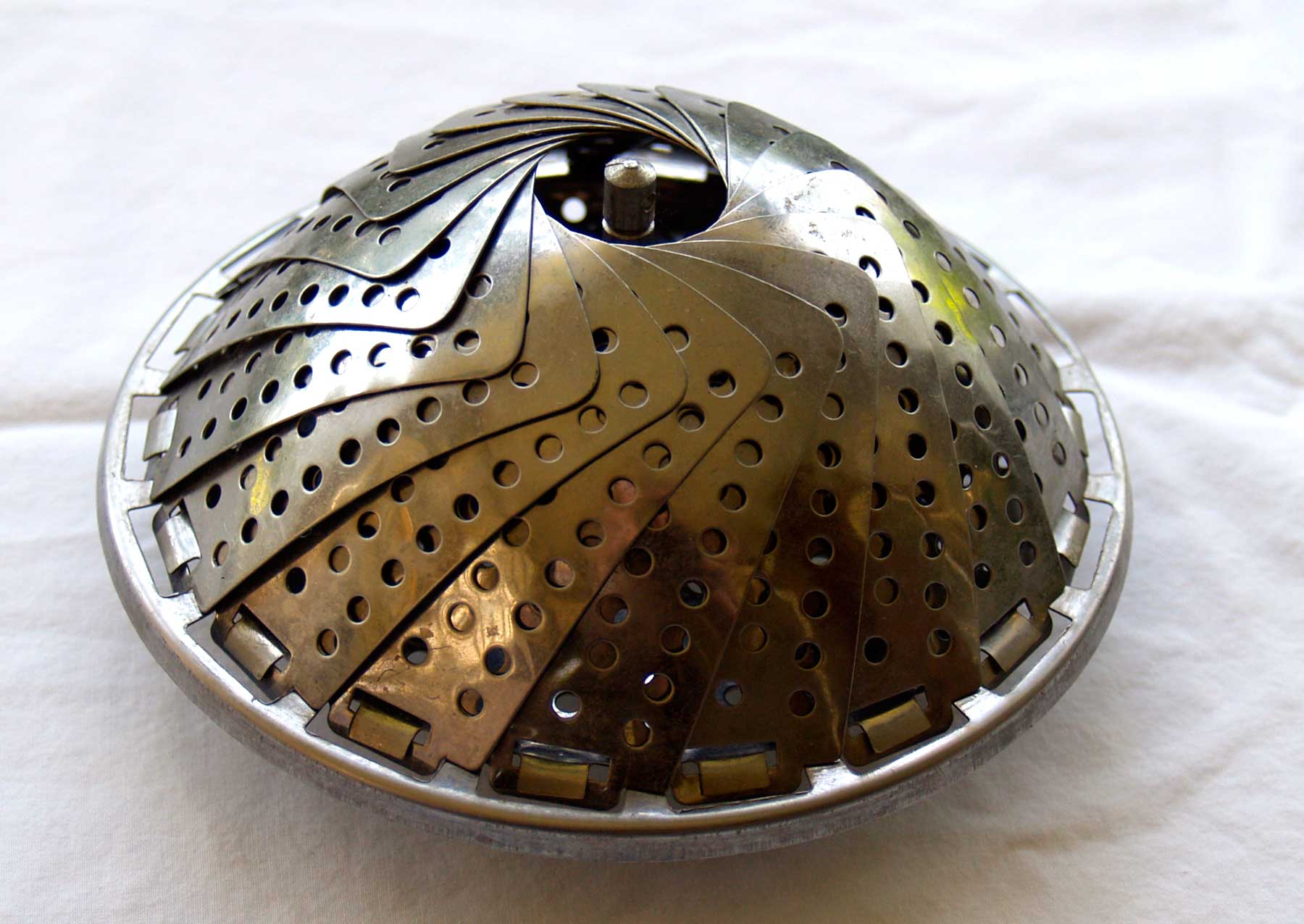

Articles
What Is A Flower Steamer
Modified: February 20, 2024
Discover the beauty and functionality of a flower steamer with our insightful articles. Learn how to choose, use, and care for your flower steamer to create stunning floral arrangements.
(Many of the links in this article redirect to a specific reviewed product. Your purchase of these products through affiliate links helps to generate commission for Storables.com, at no extra cost. Learn more)
Introduction
Flower steamers have become increasingly popular in recent years, offering a unique and healthy cooking method that preserves the nutrients and flavors of various ingredients. But what exactly is a flower steamer? In this article, we will delve into the world of flower steamers, exploring their definition, history, functionality, benefits, and different types. Whether you’re a culinary enthusiast looking to explore new cooking techniques or someone interested in optimizing your health and well-being, understanding flower steamers can open up a whole new world of possibilities in your kitchen.
Key Takeaways:
- Flower steamers offer a healthy, low-fat cooking method that preserves nutrients and enhances flavors. Their multi-layered design allows for versatile and efficient steaming of various ingredients, from vegetables to desserts.
- With origins dating back to ancient China, flower steamers have evolved to include bamboo, stainless steel, silicone, microwave, and electric options. Their benefits include nutrient preservation, low-fat cooking, and versatile recipe possibilities, making them a valuable addition to any kitchen.
Read more: What Is A Flower Bulbs
Definition of a Flower Steamer
A flower steamer, also known as a bamboo steamer or vegetable steamer, is a traditional Asian cooking utensil used to steam various types of food. It is typically made of natural bamboo and consists of multiple layers or baskets stacked on top of each other. Each basket has perforations or holes in the bottom to allow steam to circulate and cook the food evenly.
Flower steamers are named after their distinctive shape, resembling a flower when stacked together. The term “flower” refers to the arrangement of the steamer baskets, with the topmost basket having a conical shape, similar to the petals of a flower. The number of layers may vary, typically ranging from two to four, with each basket being slightly smaller than the one below it.
The concept of steaming food has been used for centuries in Asian cuisine, known for its emphasis on fresh ingredients and gentle cooking methods that preserve their natural flavors and nutrients. Flower steamers epitomize this culinary tradition, providing a versatile and efficient way to prepare a wide range of dishes, including vegetables, dumplings, seafood, and even desserts.
One of the key features of flower steamers is their ability to cook food without the need for added fats or oils. The steam generated from simmering water in a pot underneath the steamer baskets gently cooks the ingredients, resulting in healthier, low-fat meals. Steaming helps retain the natural colors, textures, and nutritional value of the food, making it an ideal cooking method for health-conscious individuals.
History of Flower Steamers
The origins of flower steamers can be traced back to ancient China, where steaming food was a common practice. Chinese cuisine has always placed a strong emphasis on balance, harmony, and nutrition, and steaming became an integral part of their culinary traditions.
The history of flower steamers can be dated back to the Tang Dynasty (618-907 AD) in China. During this time, bamboo steamers were introduced as a way to cook food over boiling water. The use of bamboo, an abundant and sustainable material, allowed for easy construction of steamers that were efficient and heat-resistant.
Initially, bamboo steamers were simple and practical, consisting of a single layer. However, over time, the design evolved to include multiple layers, allowing for simultaneous cooking of different ingredients. This ingenious design increased the efficiency of the cooking process and allowed for more elaborate culinary creations.
The popularity of flower steamers spread beyond China to other Asian countries such as Japan, Korea, and Thailand. Each region added its own unique touches, incorporating local ingredients and flavors into steamed dishes. As flower steamers found their way into homes and restaurants, they became an essential tool for steaming vegetables, seafood, dumplings, and other delicacies.
With the globalization of cuisine and the growing interest in healthy cooking methods, flower steamers gained popularity in Western countries as well. They are now commonly featured in kitchens worldwide, appreciated for their versatility, simplicity, and ability to create nutritious meals with minimal effort.
Today, flower steamers continue to be used in both traditional and modern cooking. Chefs and home cooks alike appreciate the gentle and even cooking that steaming provides, allowing them to preserve the flavors, textures, and nutritional value of their ingredients.
How Does a Flower Steamer Work?
A flower steamer operates on a simple yet effective principle: steam cooking. The steamer consists of multiple layers or baskets that are stacked on top of each other, with perforations or holes in the bottom of each basket.
The cooking process begins by adding water to a pot or wok, which is then brought to a simmer. The steamer baskets are placed on top of the pot, with the bottom basket resting directly above the simmering water.
As the water reaches a gentle simmer, it releases steam, which rises through the perforations in the bottom of the lowermost basket. The steam then circulates around the food in the top basket, cooking it through the process of gentle heat and moisture.
The steam efficiently transfers heat to the food, penetrating the ingredients and cooking them evenly. This gentle cooking method helps to retain the natural flavors, colors, and nutrients of the food, resulting in dishes that are both delicious and nutritious.
The arrangement of the layers in a flower steamer also plays a role in the cooking process. The topmost basket has a conical shape, tapering towards the center. This design allows the steam to rise and spread evenly throughout the steamer, ensuring that all the food in each basket is cooked consistently.
One of the advantages of using a flower steamer is that it allows for the simultaneous cooking of multiple ingredients. Different foods can be placed in separate baskets, each requiring their own cooking time. For example, vegetables can be steamed in one basket while fish or dumplings cook in another. This feature saves time and allows for the creation of complete and well-balanced meals.
When using a flower steamer, it is important to monitor the water level in the pot to ensure that it doesn’t evaporate completely. Refilling the pot with hot water as needed will maintain the steam production and prevent any scorching or burning of the food.
Overall, the simplicity and effectiveness of the flower steamer make it a versatile and reliable cooking tool. Whether you’re steaming vegetables, seafood, dumplings, or even desserts, a flower steamer offers a convenient and healthy way to prepare a wide variety of dishes.
Benefits of Using a Flower Steamer
Using a flower steamer in your kitchen can bring about numerous benefits, both in terms of maintaining a healthy lifestyle and enhancing the flavors of your dishes. Here are some of the key advantages of incorporating a flower steamer into your cooking routine:
- Preservation of Nutrients: Steaming is a cooking method that allows for the retention of vital nutrients in the food. Unlike methods that involve boiling or frying, which can lead to nutrient loss, steaming helps to lock in vitamins, minerals, and antioxidants that contribute to overall health and wellbeing.
- Low-Fat Cooking: Steaming is a virtually fat-free way of preparing meals. Since no oil or butter is needed in the cooking process, you can enjoy delicious and satisfying dishes while keeping the calorie count in check. This makes flower steamers a suitable option for those who are mindful of their fat intake and aiming to maintain a healthy weight.
- Enhanced Flavor and Texture: Steaming allows ingredients to retain their natural flavors and textures. The gentle cooking process ensures that vegetables stay crisp yet tender, meats remain juicy, and fish stays delicate and moist. By maintaining the integrity of the ingredients, you’ll experience a more vibrant and enjoyable dining experience.
- Versatile Cooking Options: Flower steamers offer a wide range of cooking possibilities. Whether you’re steaming vegetables, seafood, poultry, dim sum, or even desserts, a flower steamer can handle it all. Its multi-layer design allows for simultaneous cooking of different foods, making it convenient and time-saving.
- Quick and Efficient: Steaming is a fast cooking method that can have your meals ready in no time. With the steam evenly circulating around the food, you can achieve even cooking and avoid overcooking or undercooking. This efficiency not only saves time but also ensures that you have consistent results with each use.
- Easy to Use and Clean: Flower steamers are user-friendly and require minimal effort to operate. Simply stack the baskets, add water to the pot, and let the steam do its magic. Cleaning up is also a breeze, as bamboo steamers are easy to wash by hand and don’t require any special cleaning agents.
- Environmentally Friendly: Bamboo, the primary material used in flower steamers, is a sustainable and renewable resource. By opting for a flower steamer, you’re choosing an eco-friendly cooking method that doesn’t contribute to plastic waste or harm the environment.
With these benefits in mind, it’s no wonder that flower steamers have gained popularity among health-conscious individuals and culinary enthusiasts alike. Incorporating a flower steamer into your kitchen repertoire can help you create nutritious, flavorful, and visually appealing dishes that will delight both your taste buds and your body.
When using a flower steamer, make sure to use distilled water to prevent mineral buildup and keep the steamer functioning properly.
Read more: What Are The White Flowers In The Grass
Different Types of Flower Steamers
While flower steamers are traditionally made from bamboo, there are now various types available on the market to suit different cooking needs and preferences. Here are some of the different types of flower steamers:
- Bamboo Flower Steamers: These are the most common and traditional type of flower steamers. Made from natural bamboo, they usually come in sets with multiple layers. Bamboo steamers are lightweight, easy to use, and have excellent heat retention properties. They are also visually appealing and give a rustic touch to your steamed dishes.
- Stainless Steel Flower Steamers: Stainless steel flower steamers are a popular alternative to bamboo steamers. They are durable, corrosion-resistant, and easy to clean. Stainless steel steamers often come with a tempered glass lid, allowing you to monitor the cooking process without lifting the lid and releasing steam. They are a great option for those looking for a more modern and long-lasting steamer.
- Silicone Flower Steamers: Silicone flower steamers are a newer addition to the market. These steamers are made from food-grade silicone, which is flexible, heat-resistant, and non-toxic. Silicone steamers are collapsible, making them compact and convenient for storage. They are also dishwasher-safe, making clean-up a breeze. Silicone steamers are a good option for those seeking a lightweight and space-saving steamer.
- Microwave Flower Steamers: Microwave flower steamers are designed specifically for use in the microwave. They are usually made of microwave-safe materials such as BPA-free plastic or silicone. These steamers offer the convenience of quick and efficient cooking, perfect for those who prefer steaming on-the-go or have limited stovetop space. Microwave steamers are simple to use and allow for hassle-free steaming in a matter of minutes.
- Electric Flower Steamers: Electric flower steamers are a modern twist on traditional steamers. These steamers eliminate the need for stovetop cooking by having built-in heating elements. They often come with features such as programmable timers, adjustable temperature controls, and automatic shut-off functions. Electric steamers are a convenient option for those who want precise control over the steaming process and prefer a set-and-forget cooking method.
Each type of flower steamer has its own advantages and considerations. When choosing a steamer, consider factors such as your cooking preferences, kitchen space, convenience, and budget. Whichever type you choose, investing in a flower steamer will allow you to enjoy the benefits of healthy and delicious steam-cooked meals right in your own kitchen.
Choosing the Right Flower Steamer for Your Needs
With various types of flower steamers available, it’s important to consider your specific needs and preferences when selecting the right one for your kitchen. Here are some factors to consider when choosing a flower steamer:
- Material: Consider the material of the steamer. Traditional bamboo steamers offer excellent heat retention, while stainless steel steamers are durable and easy to clean. Silicone steamers are lightweight and collapsible, ideal for storage, while microwave steamers provide quick and convenient cooking. Choose a material that fits your cooking style and requirements.
- Size and Capacity: Take into account the size and capacity of the flower steamer. Determine how much food you typically cook and whether you need multiple layers for simultaneous cooking. Consider the dimensions of the steamer and ensure it fits comfortably in your kitchen and on your stovetop or in your microwave.
- Features: Consider any additional features or functionalities offered by the flower steamer. Some steamers come with a lid, allowing you to monitor the cooking process or store leftovers. Others may have programmable timers, adjustable temperature controls, or automatic shut-off functions. Assess which features are important to you and align with your cooking preferences.
- Cleaning and Maintenance: Look for a flower steamer that is easy to clean and maintain. Bamboo steamers may require hand-washing, while stainless steel and silicone steamers are often dishwasher-safe. Consider the maintenance requirements and choose a steamer that suits your cleaning preferences and routine.
- Budget: Set a budget for your flower steamer purchase. Determine how much you are willing to spend and compare prices across different brands and types. Remember that investing in a higher-quality flower steamer may offer better longevity and performance in the long run.
- Reviews and Recommendations: Before making a final decision, read reviews and seek recommendations from other users. Look for feedback on the quality, durability, and performance of the steamer. User reviews can provide valuable insights and help you make an informed choice.
Ultimately, the right flower steamer for you will depend on your cooking style, kitchen space, and personal preferences. By considering these factors and conducting thorough research, you can select a flower steamer that meets your needs and allows you to enjoy the benefits of steam cooking in your own home.
Tips for Using a Flower Steamer
Using a flower steamer is a straightforward process, but some tips can help you make the most out of your steaming experience. Follow these tips to ensure successful and delicious results:
- Prepare Ingredients Properly: Cut vegetables, meats, or seafood into uniform sizes to ensure even cooking. It’s also important to marinate or season ingredients before placing them in the steamer to enhance the flavors.
- Arrange Food Carefully: Place larger and thicker items closer to the bottom of the steamer and smaller or more delicate items towards the top. This ensures that all items cook evenly and are done at the same time.
- Control the Heat: While steaming, maintain a gentle simmer to produce enough steam. Adjust the heat as needed to prevent the water from boiling too vigorously or evaporating too quickly. This will ensure consistent and efficient cooking.
- Limit Opening the Steamer: Avoid opening the steamer too frequently during the cooking process, as it allows steam to escape and may result in uneven cooking. Only open the steamer when necessary to check the doneness of the food.
- Monitor the Water Level: Keep an eye on the water level in the pot or wok beneath the steamer. Refill with hot water as needed to maintain a consistent steam supply. Be cautious not to let the water run dry, as this can damage the steamer or cause scorching.
- Use Parchment or Banana Leaves: To prevent food from sticking to the steamer baskets, line them with parchment paper or banana leaves. This also adds subtle flavors to the food and makes cleaning easier.
- Steam in Batches: If you have a large quantity of food to steam, it’s often better to steam in batches rather than overcrowding the steamer. Overcrowding can impede the circulation of steam and result in uneven cooking. Allow each batch to cook fully before adding more food.
- Season After Steaming: Some ingredients, such as vegetables, may lose their vibrant colors if seasoned before steaming. To retain the colors, it’s best to season the food with salts, sauces, or dressings after steaming.
- Experiment with Flavors: Don’t be afraid to experiment with different seasonings, spices, and herbs to enhance the flavors of your steamed dishes. Try adding aromatics like ginger, garlic, or lemongrass to infuse your food with enticing fragrances.
- Leave the Lid on: Once the steaming process is complete, let the food rest with the lid on for a few minutes. This allows the residual steam to continue cooking the food slightly and helps the flavors to meld together.
With these tips in mind, you’ll be well-equipped to use your flower steamer effectively and create delicious and nutritious meals with ease. Enjoy exploring the endless possibilities of steaming and elevating your culinary repertoire.
Popular Recipes for Flower Steamer
A flower steamer opens up a world of culinary possibilities, allowing you to create a wide range of delectable dishes. Here are some popular recipes that can be prepared using a flower steamer:
- Steamed Dumplings: Dumplings are a classic dish that can be steamed to perfection in a flower steamer. Whether you prefer pork, chicken, or vegetable fillings, steaming dumplings ensures a juicy and tender texture while maintaining their delicate flavors.
- Steamed Fish: Steaming fish in a flower steamer is a simple yet elegant way to savor its natural flavors. Season the fish with soy sauce, ginger, and garlic, and steam until it flakes easily. The gentle steam cooking method keeps the fish moist and delicate.
- Steamed Vegetables: Steaming vegetables in a flower steamer preserves their vibrant colors and crisp texture. Arrange a variety of vegetables, such as broccoli, carrots, and snap peas, in a steamer basket and cook until tender-crisp. Serve with a drizzle of sesame oil or a sprinkle of herbs for added flavor.
- Steamed Buns: Fluffy and pillowy steamed buns, also known as baozi or bao, are a favorite in many Asian cuisines. Fill the buns with a variety of savory or sweet fillings, such as BBQ pork, vegetables, or custard, and steam until they are soft and delicious.
- Steamed Chicken: Steaming chicken results in tender and juicy meat with flavors that are enhanced by the gentle steam. Marinate chicken pieces in a flavorful sauce, such as soy sauce, ginger, and sesame oil, before steaming them. Serve with steamed vegetables or rice for a wholesome meal.
- Steamed Tofu: Steamed tofu is a versatile and healthy option for vegetarians and tofu lovers. Cut tofu into cubes or slices and steam until warmed through. Serve with a soy-based sauce, chili oil, or a sprinkle of green onions for added taste.
- Steamed Rice: Creating perfectly cooked and fluffy steamed rice is achievable with a flower steamer. Rinse rice and place it in a steamer basket over boiling water. Steam until the rice is tender and fully cooked, resulting in a light and fluffy side dish for any meal.
- Steamed Desserts: Yes, you can even make desserts in a flower steamer! Try steaming desserts like custards, sponge cakes, or sticky rice puddings for a heavenly treat. Steaming desserts results in a moist and delicate texture that is sure to impress your taste buds.
- Steamed Seafood: From shrimp and scallops to mussels and clams, a flower steamer is perfect for cooking a variety of seafood. Season the seafood with herbs, garlic, and lemon, and steam until they are cooked through and tender. Serve with a squeeze of fresh citrus for a burst of freshness.
These are just a few examples of the many delicious recipes you can make using a flower steamer. Feel free to experiment with flavors, ingredients, and cooking times to create your own signature steamed dishes. The possibilities are endless, and your tastebuds are in for a treat!
Read more: What Kind Of Flowers Are Mums
Conclusion
In conclusion, flower steamers provide a healthy and versatile cooking method that allows you to enjoy nutritious and flavorful meals right in your own kitchen. These traditional Asian cooking utensils have stood the test of time and continue to be embraced by culinary enthusiasts around the world.
With their multi-layered design and perforated baskets, flower steamers offer a gentle and efficient way to steam a variety of ingredients, including vegetables, dumplings, seafood, and desserts. Their ability to retain the natural colors, textures, and nutrients of the food sets them apart from other cooking methods.
The benefits of using a flower steamer are numerous. By steaming your food, you can preserve essential nutrients, achieve low-fat cooking, enhance the flavors and textures of your dishes, and enjoy a wide range of recipe possibilities. Flower steamers are not only practical, but they are also easy to use, clean, and maintain.
When choosing a flower steamer, consider factors such as material, size, features, and budget. Whether you opt for a traditional bamboo steamer, a modern stainless steel steamer, a compact silicone steamer, a microwave-friendly steamer, or an electric steamer, each type has its own unique advantages and considerations.
By following a few tips, such as properly preparing ingredients, arranging food carefully, controlling the heat, and avoiding unnecessary opening of the steamer, you can ensure successful and delicious results with your flower steamer.
With its growing popularity, there are countless recipes you can prepare using a flower steamer. From steamed dumplings and fish to vegetables and desserts, the possibilities are endless. Let your creativity shine and explore the delightful world of steamed cuisine.
Incorporating a flower steamer into your kitchen repertoire will not only give you a healthier cooking alternative, but it will also open up a world of culinary delight. So, unleash your inner chef, experiment with flavors, and enjoy the nutritious and delicious meals you can create with a flower steamer.
Frequently Asked Questions about What Is A Flower Steamer
Was this page helpful?
At Storables.com, we guarantee accurate and reliable information. Our content, validated by Expert Board Contributors, is crafted following stringent Editorial Policies. We're committed to providing you with well-researched, expert-backed insights for all your informational needs.
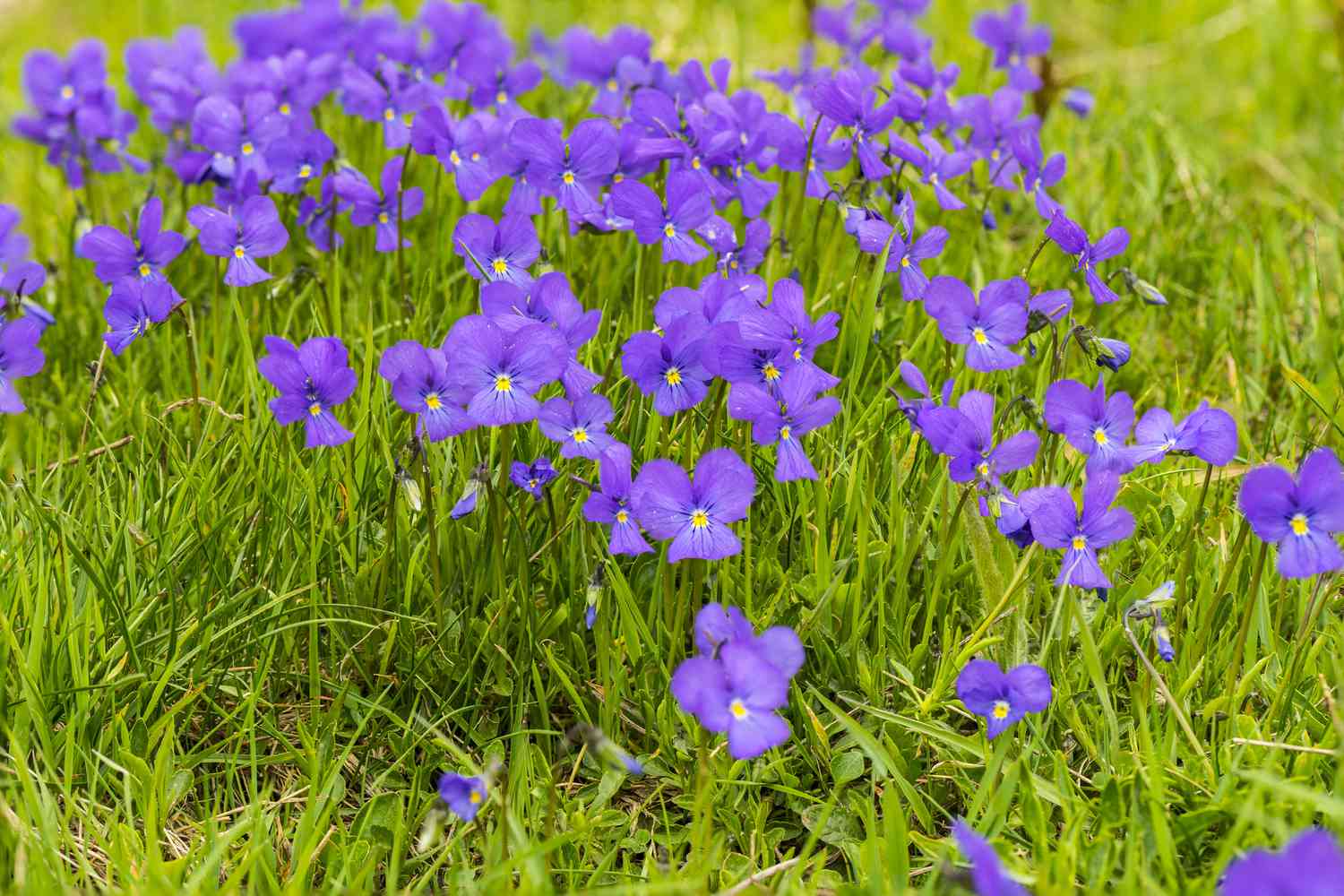
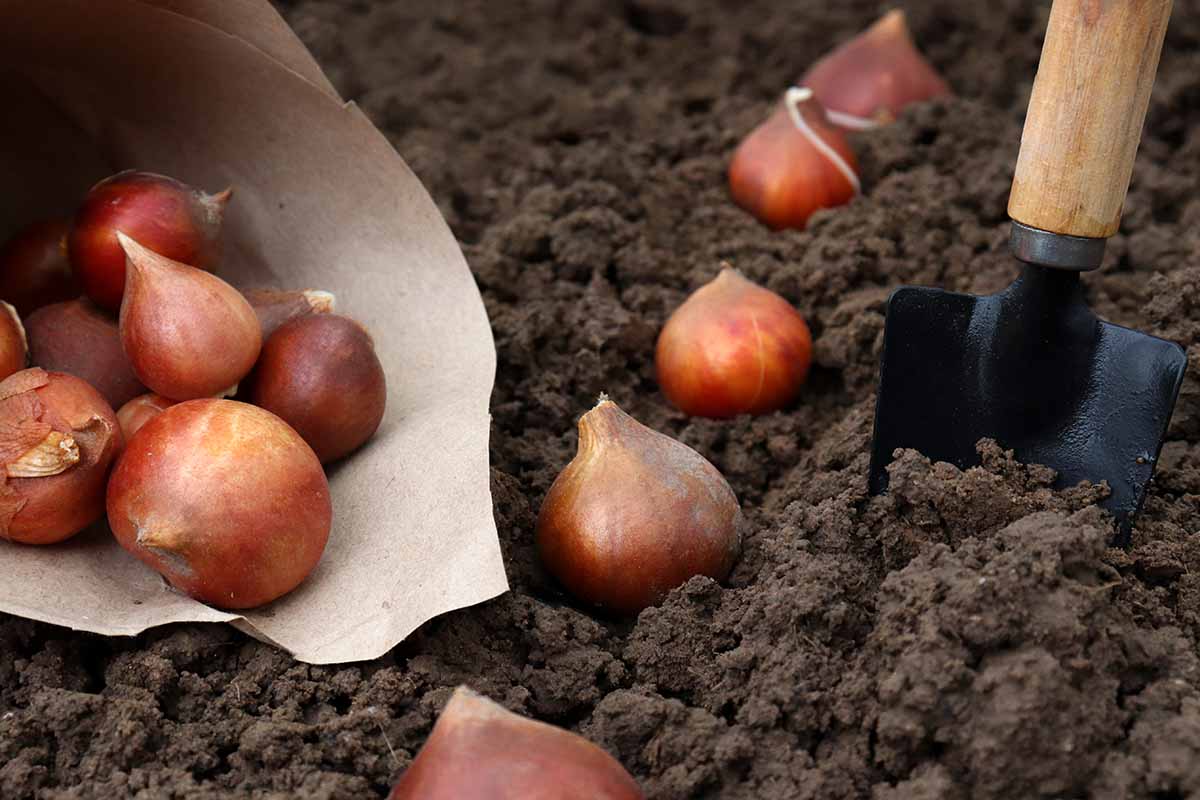
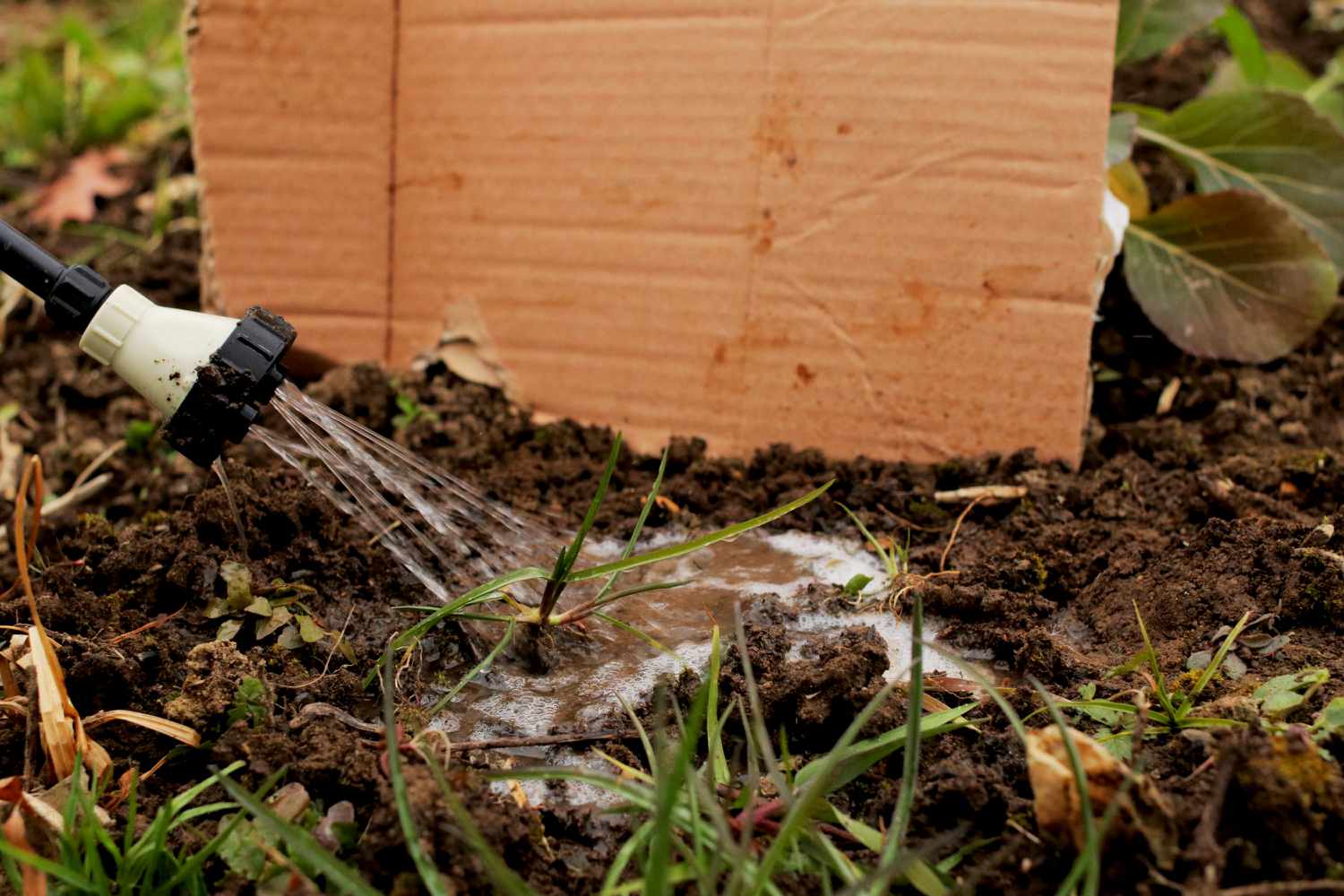

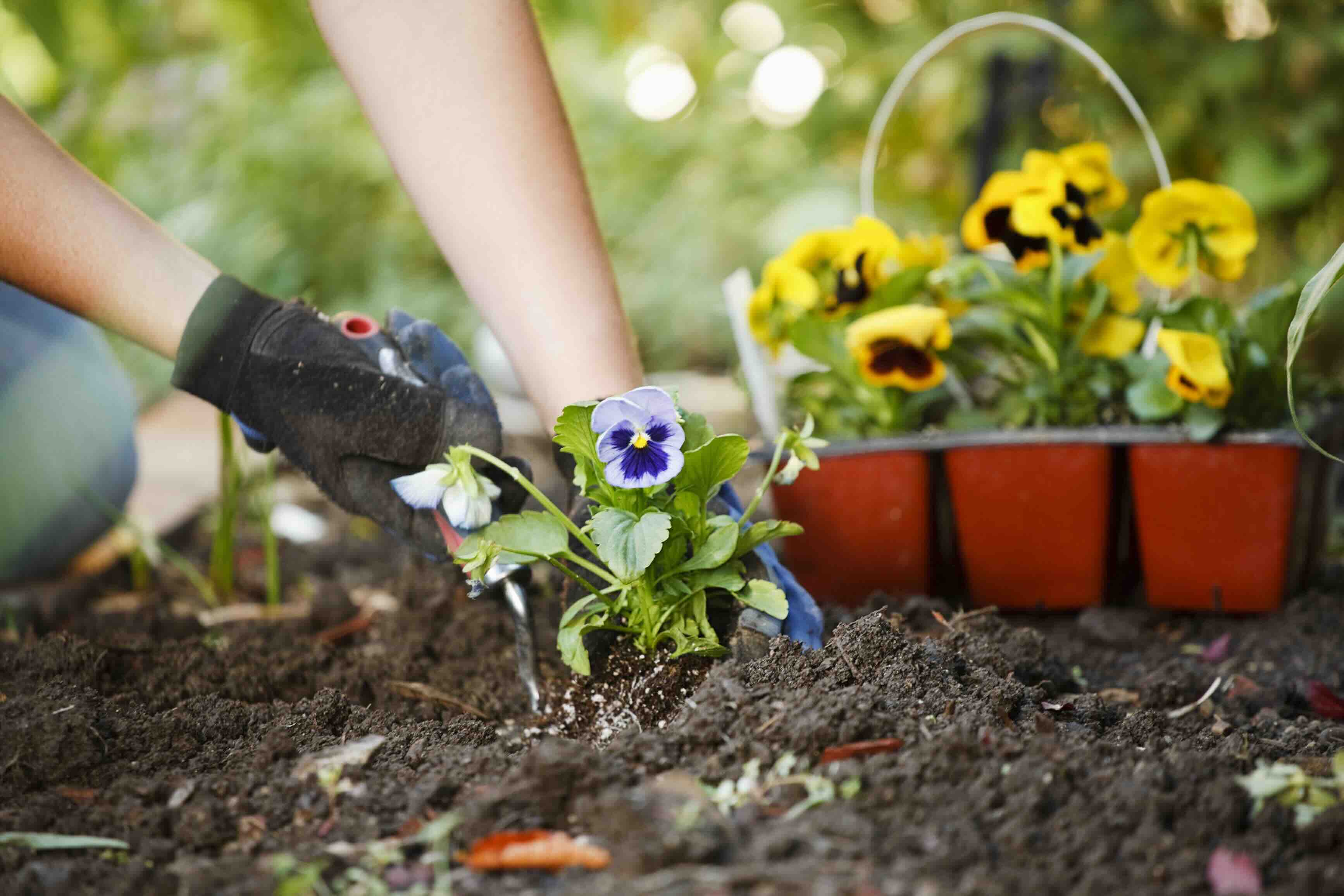

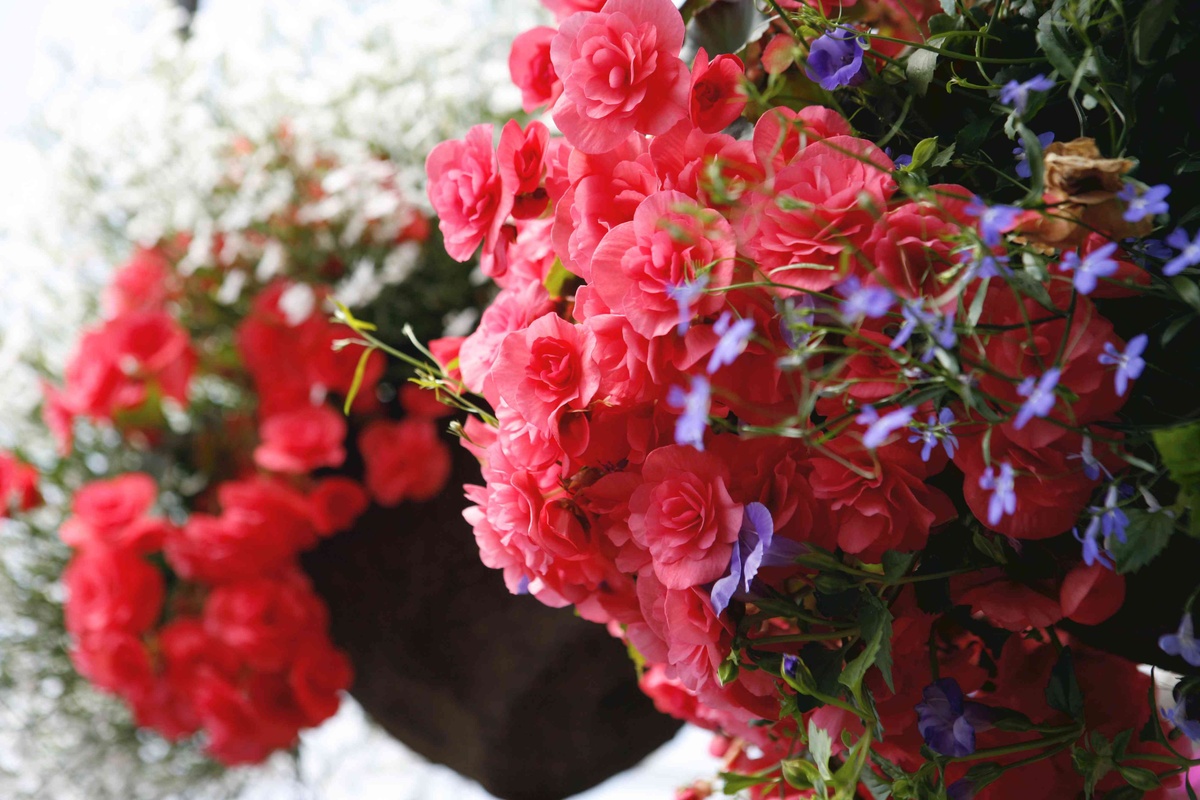
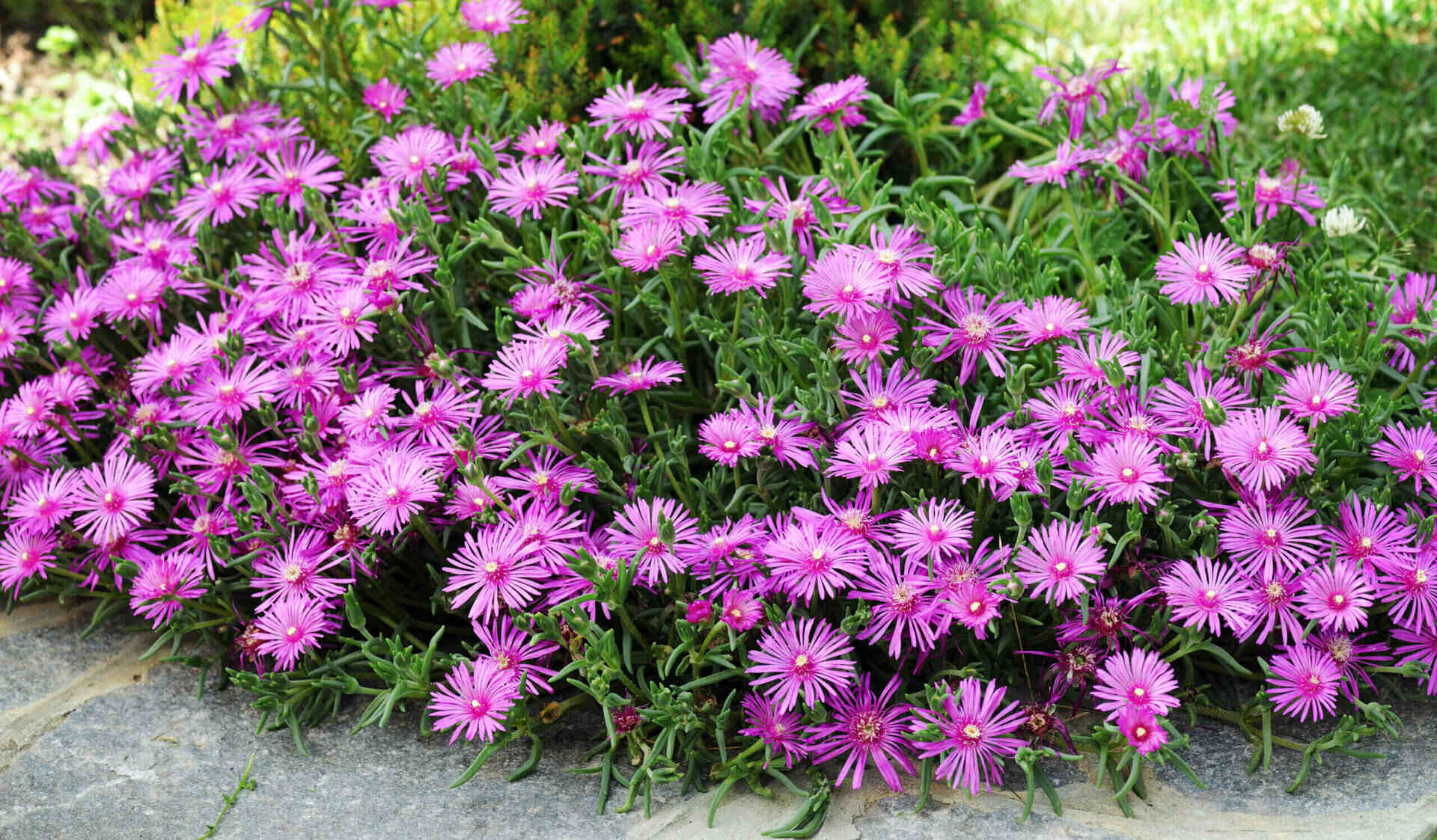
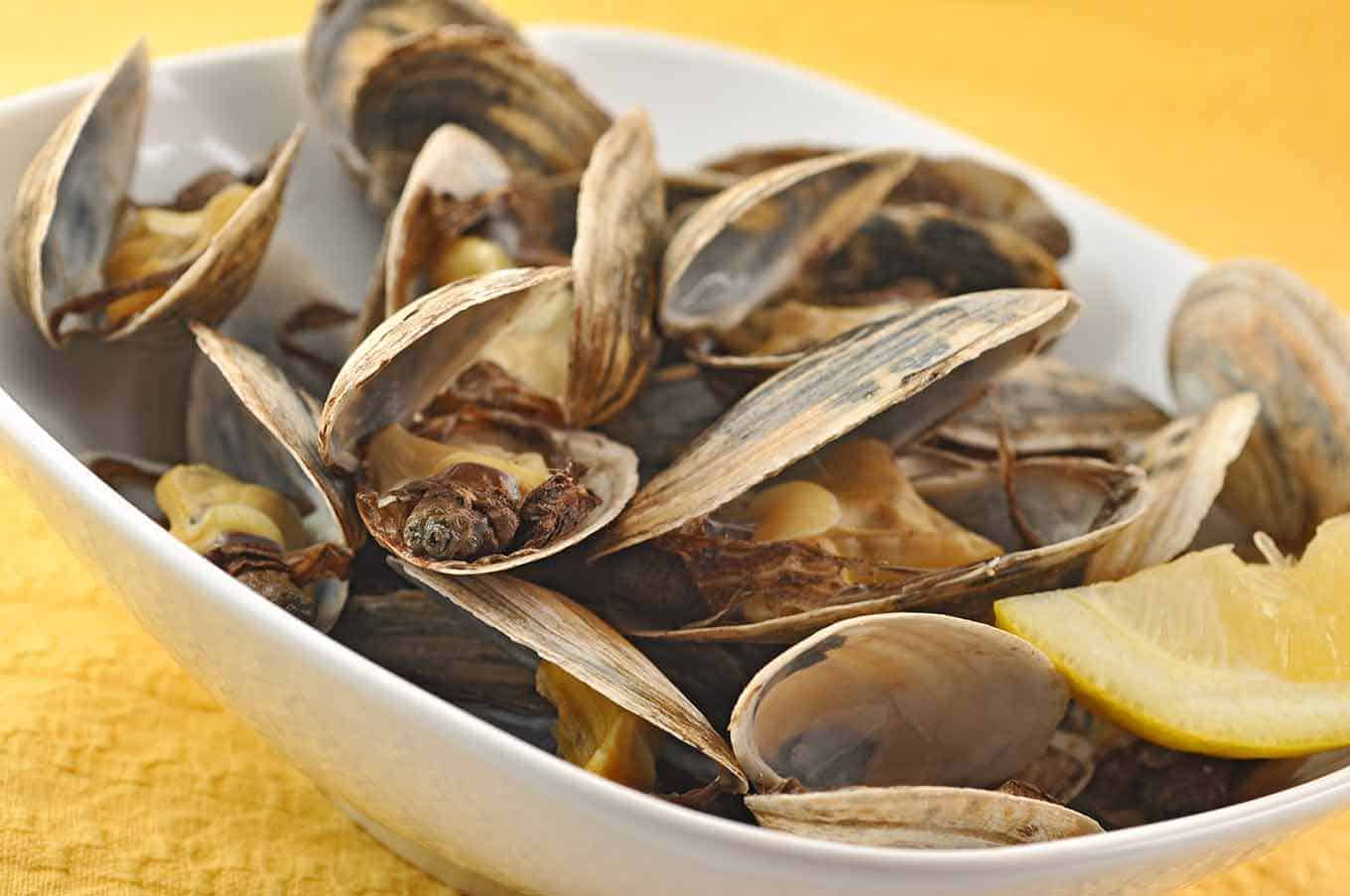
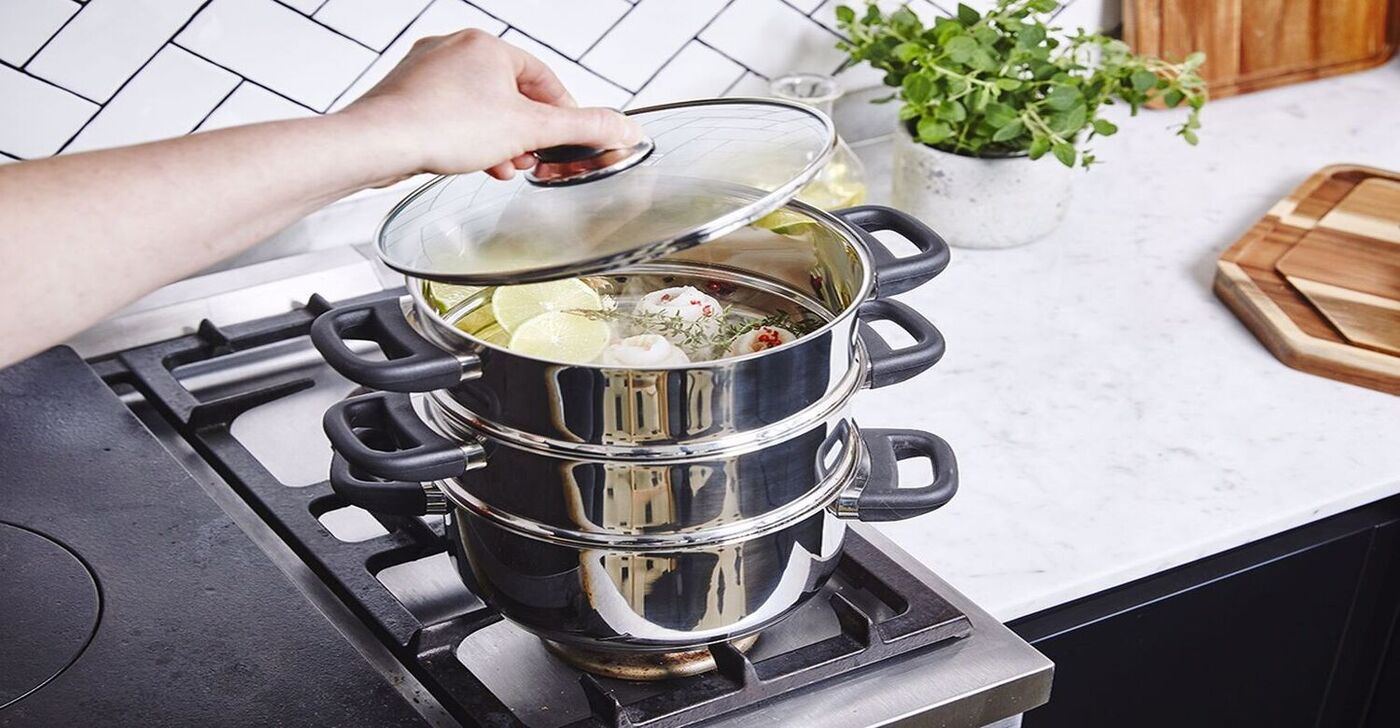

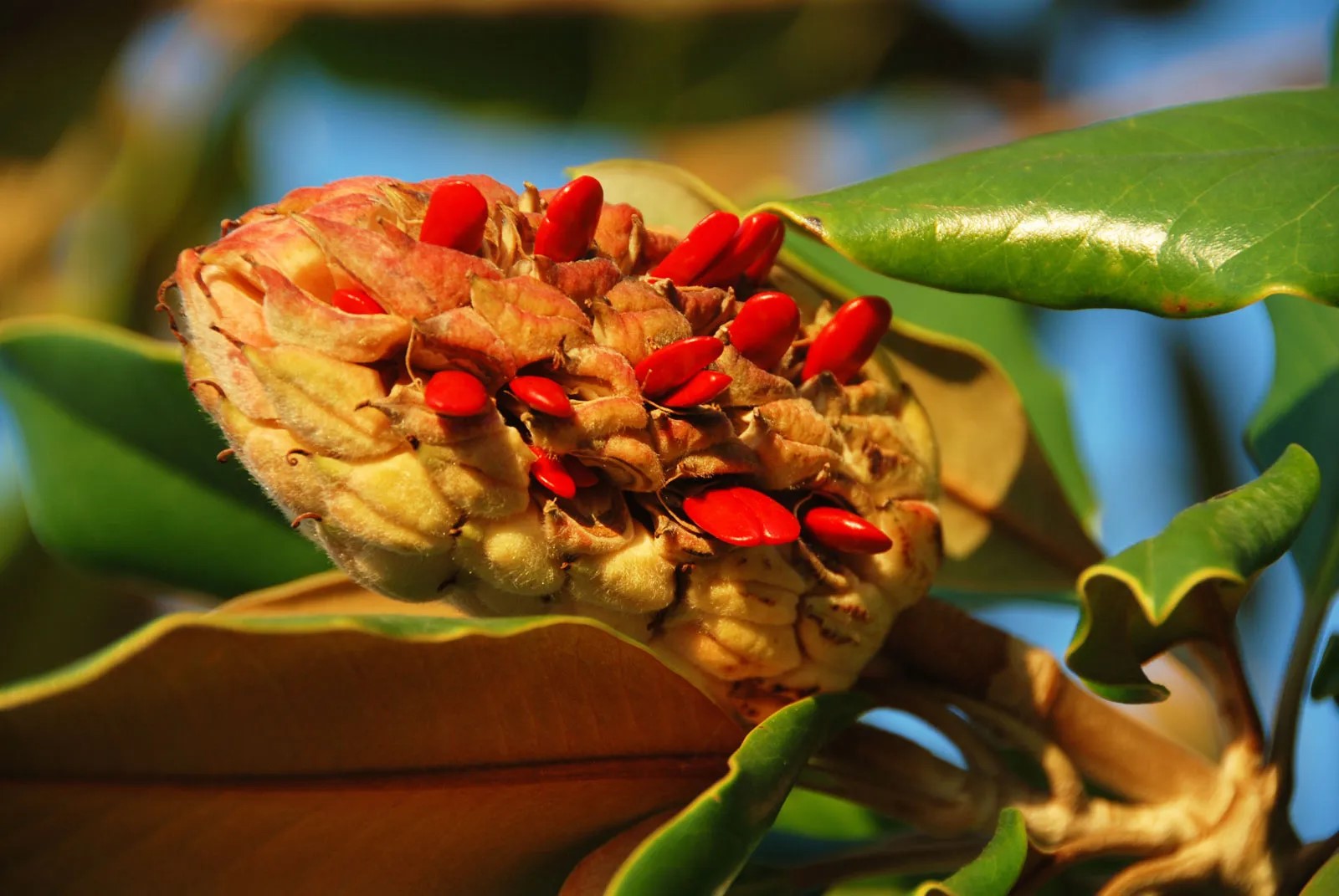
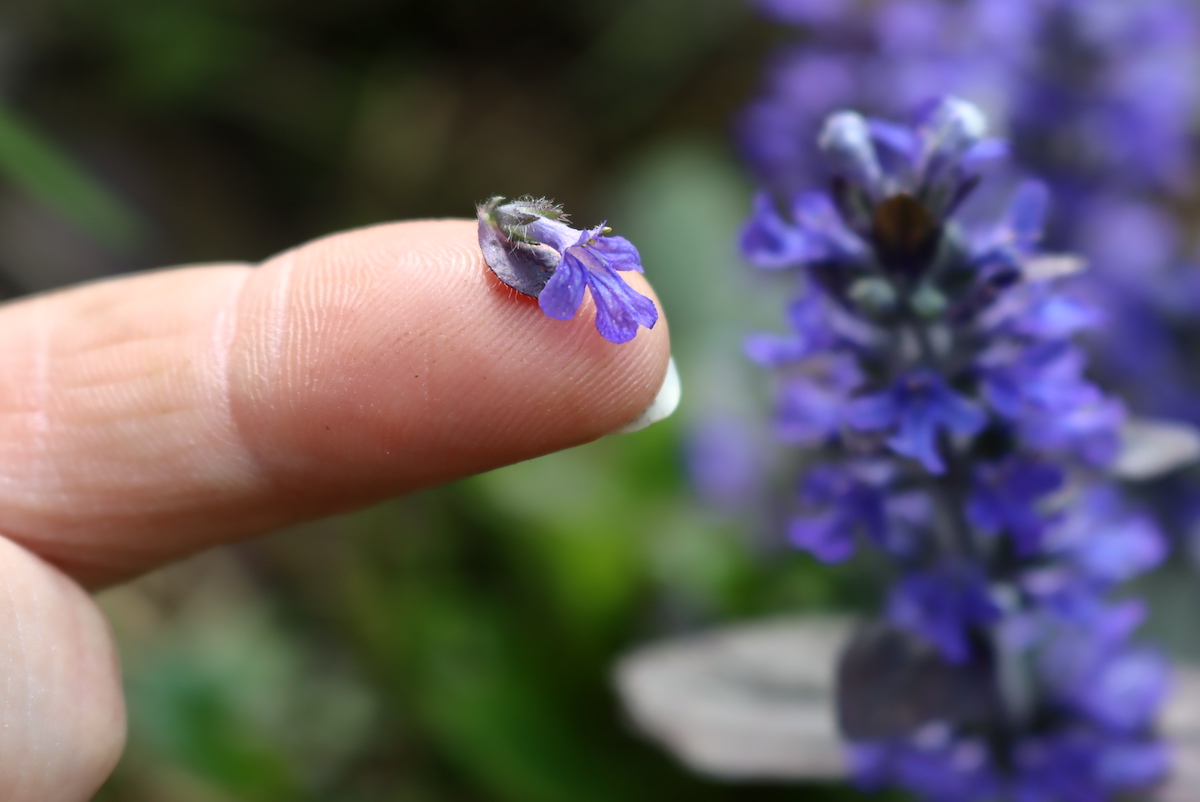

0 thoughts on “What Is A Flower Steamer”